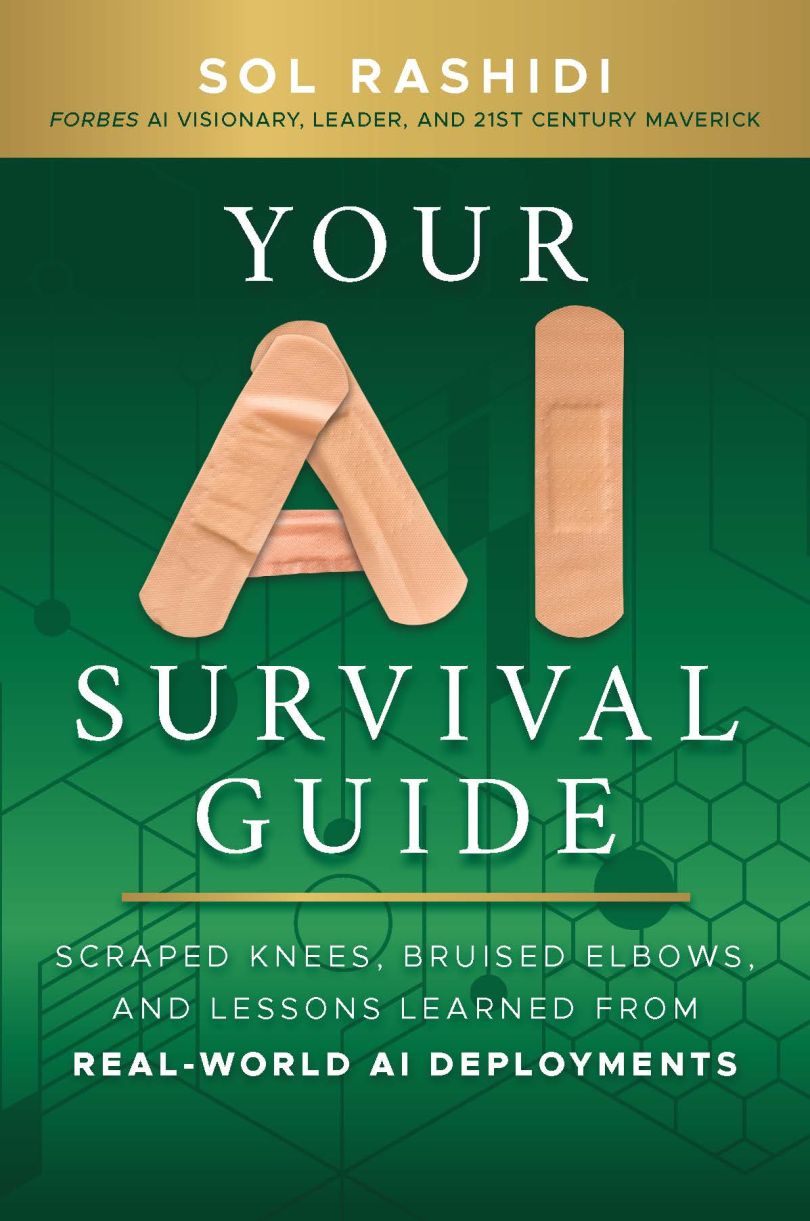In certain leadership roles, you may not always have full control over the individuals you are required to work with. This can lead to the need to collaborate and connect across a variety of functions, teams, vendors, stakeholders and consultants.
When starting, it’s important you familiarize yourself with the five AI archetypes to effectively navigate such situations. These archetypes represent different personality types you are likely to encounter, their tendencies and the potential for project derailment.
As such, you’ll learn who they are, what they tend to do and the most effective ways to collaborate with them to avoid any derailments of your project.
As the leader of the pack, you’re going to have to monitor this closely and control who you spend time with and how to manage meetings so you’re productive and as constructive as possible. Neglecting to exercise discernment in these initial discussions can sabotage your project from the very beginning.
Filtering out the right participants for these conversations is the most significant action you can take to ensure a successful AI journey for yourself and your company. Much like family gatherings, where some members bring drama while others bring joy, you can expect the same dynamics here.
Let’s look at an overview of different personality types, their tendencies, their contributions and the best approaches.
What Are the 5 AI Archetypes?
- The Naysayer
- The Evangelist
- The Doer
- The Discerner
- The Blind
The Naysayer
This is probably the easiest group to identify.
They have a tendency of saying “I don’t think so” or “yeah but” or “I don’t think that will work.”
They are the dream killers of your AI project because they are quick to point out problems before solutions. They are easy to identify because they are typically not shy about sharing their point of view regardless of the impact it is having on the project and their teammates.
When it comes to their involvement, exclude them from your AI vision, mission and strategy discussions and exclude them from your AI use-case selection process. Begin including them in some of the design and requirements sessions and incorporate them when reviewing both your design and solutions.
Why? Their default reaction is to spot problems. As a result, they will automatically call out issues and poke holes in any assumptions, theories or processes, and they will be a great litmus test for your thought process. It’ll give you the opportunity to uncover blind spots early on.
The Evangelist
The evangelist is the quarterback of your team and spreads good business energy to everyone. This is the person you treat with care and bring alongside to every strategy (assuming they can contribute substance).
They refuse to use the word “no” and instead prioritize the word “how” and focus their efforts on finding solutions. They maintain their drive even when tired and are always ready to take on any challenges. They keep the team momentum going when fatigue sets in and are up for any challenge.
When it comes to their involvement, include them in your AI vision, mission and strategy discussions and your AI use case discussions. Include them in your design discussions, but be selective about when you need them for detailed design and/or solution discussions. The details can zap the energy of an evangelist, and protecting their energy levels is your priority.
Limit their involvement in detailed status updates, and pull them in only when the team requires their guidance and decision-making skills in strategic conversations. This approach is necessary to ensure you conserve their energy, enabling them to contribute to their full potential.
The Doer
This group is the backbone of your team.
They show up consistently, embrace responsibility and stay accountable for their work and their actions, at all costs. They deliver results without needing oversight and are often the silent engine that drives your business forward. They are critical to the success of your AI project.
When it comes to their involvement, exclude them from your AI strategy and use-case discussions; that’s too high level for them.
However, include them in your design discussions as they will need context to do their work. Include them when discussing business and technical requirements and solutions. They love details and will shine in this phase of the work. They also like to be at the center of it all, so keep them engaged in the decision-making process; it’s inherently important to them.
Make sure to celebrate their milestones. While this group tends to be quiet, they secretly like to be thanked. So, acknowledge their work through the project. It drives them to do what they do for you.
The Discerner
These individuals are always inquisitive and tend to operate at a higher level.
They possess a desire to comprehend the underlying reasons and objectives behind your thoughts and ideas. They possess a keen intuition that allows them to differentiate between well-developed ideas and those that are merely a fleeting thought.

At first glance, one may mistake them for naysayers, but discerners are distinct individuals with genuine interest in making sure ideas are thoroughly considered before implementation.
They have the best interests of the team at heart. Yet dealing with them can be exhausting due to their incessant questioning, and there will be moments when your team becomes frustrated with them.
When it comes to their involvement, include them in your AI vision, mission and strategy discussions. They will flush out the details with you and make sure you’re thinking through your “why” and the direction of everything.
Also include them in your AI use-case discussions, as they will ensure all ideas are thoroughly considered. Be selective about when you include them in design discussions and status meetings because you don’t want them hindering progress with more questions.
It’s best to exclude them from solutioning, deep dives and the deployment process.
The Blind
This is the person who is completely oblivious to the situation at hand; they show up to meetings, rarely participate, appear disengaged and typically multitask because none of your words or actions captivates their interest. They simply don’t care about the project because it’s another “shiny toy” project that’s causing people to react.
If you can avoid this type of individual in your project, I strongly suggest you do so. It will only consume your time and energy. However, if you must involve them, extend an invitation to attend meetings as optional, but refrain from expecting any contribution or assigning them tasks.
Manage Your Expectations
In summary, spotting the personality types across the five AI archetypes is key to knowing who’s who in your AI team, how to best work with them and how to make use of their personalities in the best way possible.
The goal is really to help you jump-start your project and make sure your team doesn’t become the silent killer.
Knowing the personalities helps level-set expectations so you can collaborate more effectively, anticipate contributions and make the most of unique characteristics, without having to learn on the job and manage your frustrations daily.
Adapted with permission from the publisher, Wiley, from Your AI Survival Guide: Scraped Knees, Bruised Elbows, and Lessons Learned from Real-World AI Deployments by Sol Rashidi. Copyright © 2024 by John Wiley & Sons, Inc. All rights reserved. This book is available wherever books and eBooks are sold.





